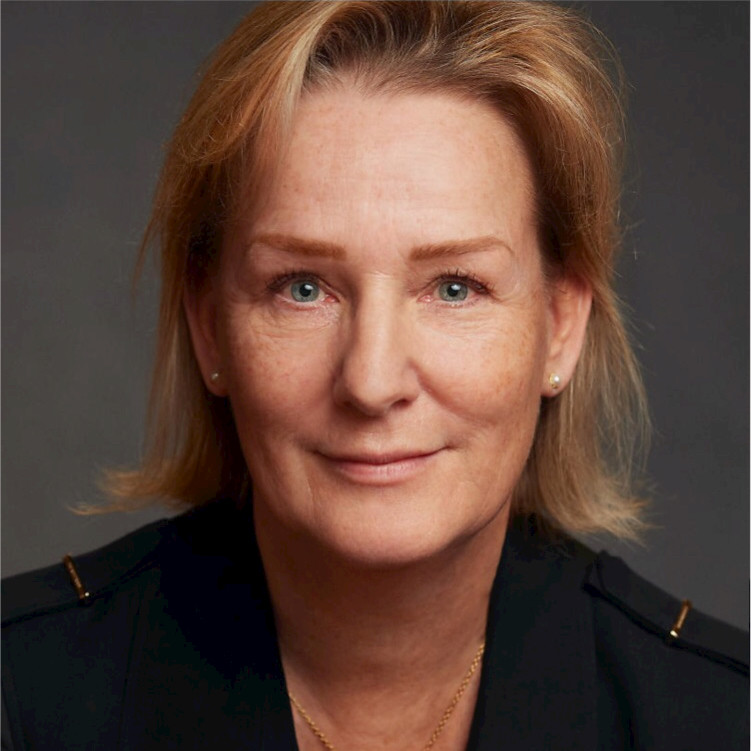The Awkward Dance of Neurotype Differences
by Prof. Charlotte Valeur, Founder of ION
Have you ever been the one always “called out”? Not for doing anything wrong, but for being different. Too quiet. Too intense. Too blunt. Too dreamy. Too detailed. Too disorganised. Too much. Or not enough. For many of us who are of a minority neurotype, this experience isn’t just familiar, it’s daily life.
And often, it’s not the big things that trip us up. It’s the small, unspoken rules of social interaction: how long to hold eye contact, when to speak in a meeting, how to modulate tone or pause in a conversation. They’re the tiny, invisible threads that bind the dominant neurotype’s idea of “normal.” And when you don’t fit that mold, even unintentionally, those threads can become snares.
But here’s what we rarely acknowledge: this social awkwardness is a two-way street. It’s not just that neurominority individuals are “awkward” in a neuromajority world, it’s that difference itself creates mutual discomfort. For many, encountering a way of thinking or interacting that doesn’t match their own sparks uncertainty. That uncertainty is quickly covered by judgment or correction. Instead of leaning in with curiosity, people often pull away or push for conformity.
Why do we do this?
Human societies have always relied on shared norms, rituals, customs, and patterns that hold communities together. They help us predict each other’s behaviour, which makes life feel safer. But when those norms become rigid, they can smother diversity. We end up valuing sameness over richness. And we lose something critical in the process.
So much of our daily social life is performative. We laugh when expected, downplay discomfort, and follow scripts so subtle we barely notice them. Neurominority individuals often do notice, because they’re either outside the script or reading from a different one. And when they improvise, the reaction is often correction or exclusion.
But here’s the deeper truth: the need to behave in a certain way in so many minor, socially policed moments, when held up against the vast, natural advantage of cognitive diversity, is absurd. Evolution didn’t give us different neurotypes by mistake. From hunter-gatherer societies to space missions, it’s the blend of thinkers, the visionaries, the meticulous planners, the emotional empaths, the pattern spotters, that enables us to thrive.
Many neurominorities also express empathy differently.Instead of traditional gestures like nodding or verbal affirmations, we might share a similar experience of our own, not to shift the focus, but to show we truly understand and connect with what the other person is feeling. It’s a different but deeply sincere way of saying, ‘I see you, and I’ve been there too.’ These expressions of empathy are often misread as self-centredness, when in fact they are acts of deep resonance.
So, what does it take to get comfortable with difference?
- Language Shift First, we need new language. Terms like “awkward,” “inappropriate,” or “antisocial” are judgments based on a majority lens. What if we replaced them with “unfamiliar,” “alternative,” or “different”? Language shapes our reactions, and our compassion.
- Curiosity Over Correction When someone behaves differently, what if our first response was curiosity? “Tell me more” instead of “That’s not how we do things.” Curiosity opens doors; correction shuts them.
- Structural Inclusion Organizations and systems must adapt, not just individuals. From education to the workplace, inclusion must be built into how we design meetings, evaluate performance, give feedback, and build community. Not everyone needs to talk in a group setting to be a leader. Not everyone needs small talk to feel connected.
- Discomfort as Growth Becoming more comfortable with difference requires us to tolerate discomfort, not avoid it. That small flicker of awkwardness when faced with someone different is not a warning sign; it’s a signpost to growth.
Calling people out for difference isn’t the same as calling them in to a shared human experience. The more we prize conformity in the little things, the more we erode our collective potential. True inclusion isn’t about teaching everyone to behave the same. It’s about expanding the space of what is acceptable, valued, and welcomed.
Because the point was never to be “normal” – whatever that means! The point is to be human—in all the infinite, beautiful ways that takes

By Charlotte Valeur, Founder of ION, the Institute of Neurodiversity.

